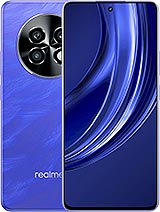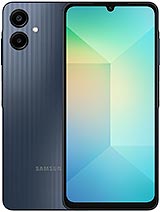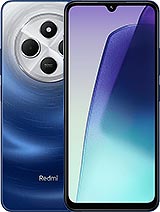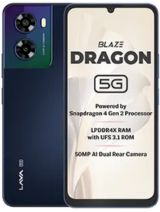CMF Phone 2 Pro alternatives
Tap above to see alternatives.
Redmi A5 4G alternatives
Tap above to see alternatives.
CMF Phone 2 Pro

CMF Phone 2 Pro
-
Dimensity 7300
4 nm
-
5000 mAh
33W
-
6.77"
1080 x 2392 pixels
-
50 MP
4K@30fps
- Specs
Redmi A5 4G

Redmi A5 4G
-
Unisoc T7250
12 nm
-
5200 mAh
15W
-
6.88"
720 x 1640 pixels
-
32 MP
1080p@30fps
-
Specs

4x2.5 GHz Cortex-A78
4x2.0 GHz Cortex-A55
2x1.8 GHz Cortex-A75
6x1.6 GHz Cortex-A55
8GB 256GB (UFS 2.2)
4GB 128GB (eMMC 5.1)
f/1.9, 24mm (wide), 1/1.57", 1.0µm, Samsung GN9, dual pixel PDAF
50 MP
f/1.9, 50mm (telephoto), 1/2.88", OmniVision OV50D, PDAF, 2x optical zoom
8 MP
f/2.2, 15mm, 120˚ (ultrawide), 1/4.0", 1.12µm, GalaxyCore GC08A8
f/2.0, (wide)
Auxiliary lens
1080p@30/60/120fps
f/2.0, 22mm (wide), 1/3.0", GalaxyCore GC16B3C
f/2.0, (wide)
SIM1: Nano, SIM2: Nano (Hybrid)
SIM1: Nano, SIM2: Nano
16 5G bands
n1, n2, n3, n5, n7, n8, n12, n20, n28, n38, n40, n41, n66, n71, n77, n78
In this performance comparison, the CMF Phone 2 Pro with its Mediatek Dimensity 7300 (4nm) performs better than the Redmi A5 4G with the Unisoc Unisoc T7250 (12nm), thanks to superior chipset efficiency.
CMF Phone 2 Pro offers 3 years of OS updates, whereas Redmi A5 4G provides 2 years. For security updates, CMF Phone 2 Pro offers 6 years of support compared to Redmi A5 4G's 4 years.
CMF Phone 2 Pro features a superior AMOLED display, while Redmi A5 4G comes with an LCD panel. Both smartphones offer the same 120 Hz refresh rate. CMF Phone 2 Pro also boasts a brighter screen with 3000 nits of peak brightness, enhancing outdoor visibility. Notably, CMF Phone 2 Pro offers a higher screen resolution, resulting in sharper visuals and more detailed content.
Redmi A5 4G features a larger 5200 mAh battery, potentially delivering better battery life. CMF Phone 2 Pro also supports faster wired charging at 33W, compared to 15W on Redmi A5 4G.
CMF Phone 2 Pro offers better protection against water and dust with an IP54 rating.
- Redmi A5 4G – Check price here
¹ Scores can vary even with the same chipset due to RAM, thermals, and software optimization.










